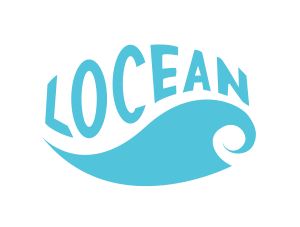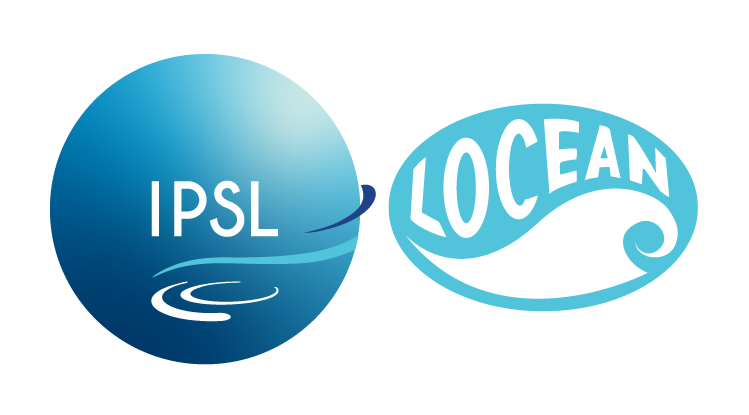Numerical modelling
Understanding the oceans and how they interact with other components of the planetary system is increasingly dependent on the development and application of numerical models. These models range from idealised box models to complex three-dimensional representations of the earth system. Model simulations permit us to explore the processes responsible for present-day or historical conditions. They also allow us to predict and project future changes in ocean properties and how this influences weather, climate and ecosystem services. In combination with in situ and satellite observations and experiments carried out in the laboratory, numerical models are used to integrate and probe our knowledge of the global environment.
Numerical ocean models typically combine a three dimensional spatial grid with discretised equations characterising the temporal evolution of physical and or biogeochemical properties (e.g. temperature, current velocities, carbon concentrations). Processes that cannot be explicitly resolved, such as those that occur at sub-grid scales, are parameterised. Models are provided with initial state values and boundary conditions and are then “run” on a computer in order to calculate the temporal evolution of the different ocean properties under the prescribed conditions.
Development activities
The LOCEAN laboratory is highly involved in the development and application of a wide array of open source oceanic numerical models. This includes water bodies dynamics (“blue” ocean), sea ice (“white” ocean) and marine biogeochemical models (“green” ocean) as well as their coupling with general circulation and Earth system models. Such models have diverse applications from operational oceanography to centennial/millennial-scale climate projections. Our research encompasses the development of model code and configurations, the performance of simulations and broader model assessment and evaluation.
Multiple LOCEAN teams develop and use numerical models, like NEMO or CROCO, with various interests and topics:
- ABC: peculiar regions (Artic circles and tropical Atlantic),
- NEMO R&D: numerical schemes and dynamical kernels for computing,
- PROTEO: {sub}mesoscale processes (2 to 2000 km),
- VALCO: paleoclimatic timescales (thousands to millions of years).
- VARCLIM: drivers of climate variability and decadal prediction.
Perspectives
The numerical models and associated approaches given above are in continuous development:
- New configurations of stand-alone and coupled models are created.
- Additional and revised parameterisations are consistently incorporated into models to better represent physical and biogeochemical ocean dynamics.
- Coarsening approaches are implemented to improve simulation times.
- Dynamic and statistical downscaling techniques are used to interpret the effects of large-scale climate processes on regional and local scales of interest.
- Machine learning techniques are being utilised and developed to improve how we parameterize, tune and evaluate models.


